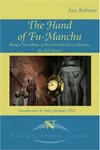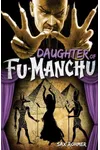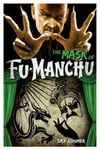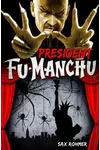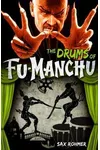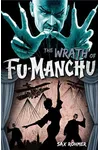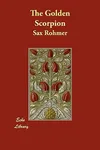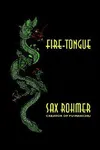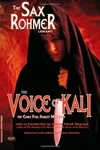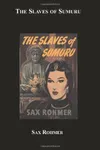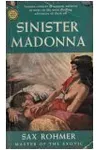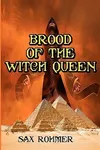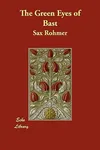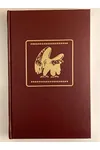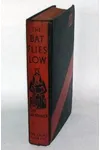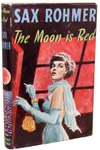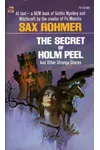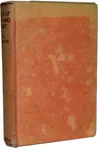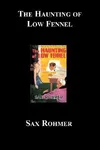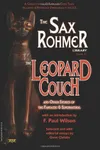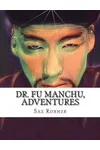Picture an English storyteller who conjured a criminal mastermind so vivid he became a cultural icon—meet Sax Rohmer! Born Arthur Henry Sarsfield Ward in 1883, Rohmer spun tales of mystery and exotic intrigue that captivated readers worldwide. His most famous creation, Dr. Fu Manchu, brought him fame and fortune, making him one of the highest-paid novelists of the interwar years. From humble beginnings to esoteric fascinations, Rohmer’s life was as thrilling as his fiction.
The Making of Sax Rohmer
Born in Birmingham to Irish immigrant parents, Rohmer grew up in a working-class family before moving to London around 1886. His formal education ended at 18 after his mother’s death, pushing him into various jobs—bank clerk, journalist, even gas industry worker. But his heart lay in storytelling. Inspired by Edgar Allan Poe and Arthur Conan Doyle, he began writing sketches for music hall performers like Little Tich, adopting the pen name Sax Rohmer (meaning 'blade wanderer') in 1908. His early forays into poetry and short stories set the stage for his literary breakthrough.
Sax Rohmer’s Unforgettable Stories
Rohmer’s fiction thrived on suspense, the occult, and exotic settings, with his Fu Manchu series leading the charge. The Mystery of Dr. Fu-Manchu (1913) introduced the sinister Chinese genius, described as 'the yellow peril incarnate,' whose global conspiracies kept readers on edge. The series, spanning 13 novels like The Devil Doctor (1916) and Emperor Fu Manchu (1959), blended thriller and sci-fi elements, cementing Rohmer’s pulp fiction legacy. Beyond Fu Manchu, Brood of the Witch-Queen (1918) explored Egyptian occultism, often cited as his masterpiece, while The Orchard of Tears (1918) offered a philosophical departure with pastoral settings. His Sumuru series, starting with Nude in Mink (1951), featured a female counterpart to Fu Manchu, showcasing his knack for compelling villains.
Rohmer’s style was vivid and fast-paced, though critics noted his prose could be pompous. His fascination with ancient Egypt and mysticism, fueled by alleged ties to the Hermetic Order of the Golden Dawn, infused his work with an eerie authenticity. Despite controversy over racial stereotypes, particularly in the Fu Manchu series, his stories resonated globally, inspiring films, radio, and TV adaptations.
Why Sax Rohmer Matters
Rohmer’s influence on mystery and pulp fiction is undeniable. Fu Manchu became a cultural touchstone, rivaling Sherlock Holmes and Dracula in popularity. His work shaped the 'diabolical mastermind' archetype, influencing sword-and-sorcery writers like Robert E. Howard. Though criticized for perpetuating stereotypes, Rohmer’s storytelling captured the anxieties and fascinations of his era, offering escapist thrills. His books remain cult classics, celebrated for their gothic horror and vivid villainy.
- Born: February 15, 1883, Birmingham, England
- Died: June 1, 1959, London, England
- Key Works: The Mystery of Dr. Fu-Manchu, Brood of the Witch-Queen, Nude in Mink
- Notable Fact: Rohmer claimed ties to esoteric societies like the Rosicrucians.
Snag The Mystery of Dr. Fu-Manchu and dive into Sax Rohmer’s thrilling world of mystery and intrigue!


